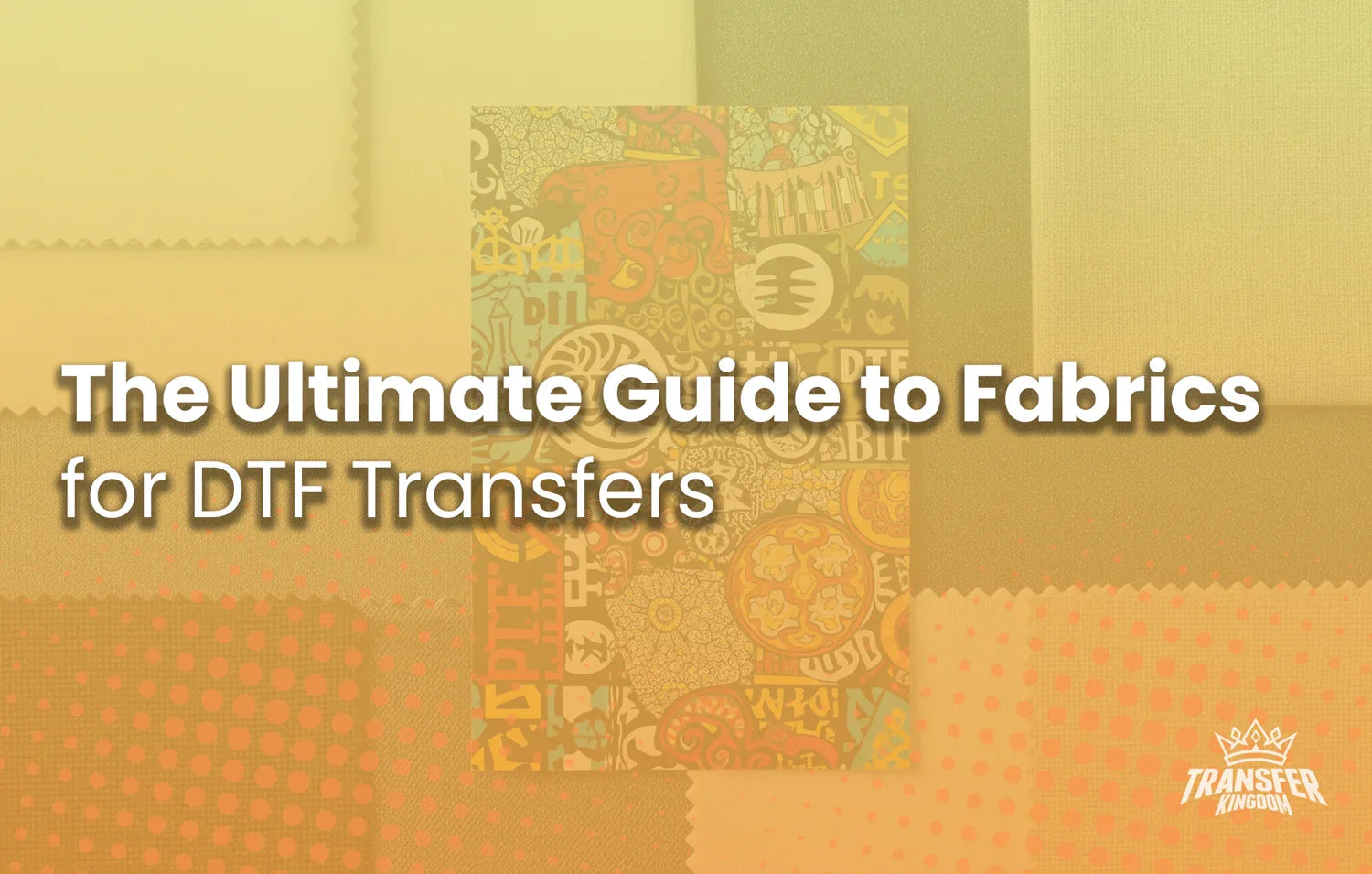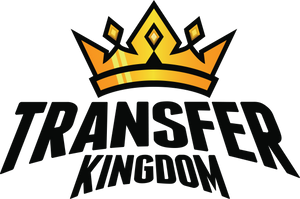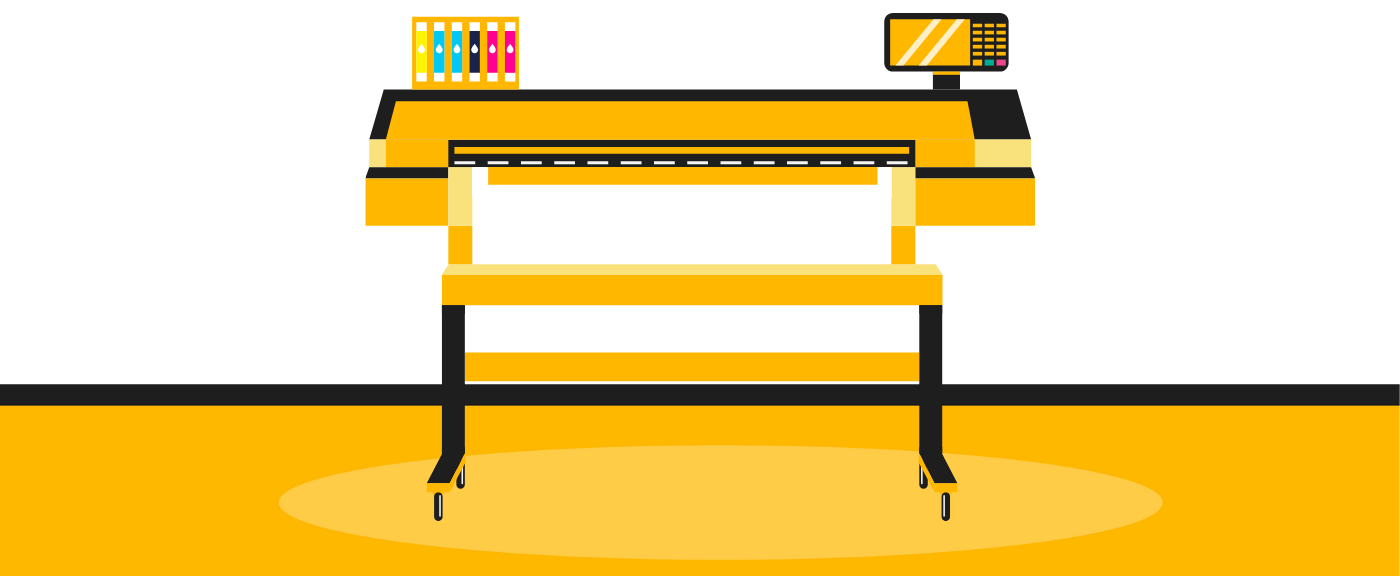What are the best fabrics for DTF Transfers?

Table of Contents
The Ultimate Guide to Fabrics for DTF Transfers
One of the most powerful features of Direct-to-Film (DTF) technology is its incredible versatility. Unlike other printing methods that are limited to specific materials, DTF opens up a vast world of creative possibilities. But what are the best fabrics for DTF transfers, and how do they differ in application?
This guide will provide a definitive answer, exploring the full spectrum of materials compatible with DTF. We will cover not only which fabrics you can use but also the crucial adjustments in temperature and pressure needed to achieve a perfect, professional-grade press every time. Understanding these nuances is the key to mastering the art of the transfer.

The Core Three: The Most Popular Fabrics for DTF Transfers
While DTF can work on an amazing array of materials, three core fabric types make up the vast majority of custom apparel and are the perfect place to start.
100% Cotton: This is the gold standard for comfort and a favorite for DTF. Cotton's natural fibers provide an excellent surface for the DTF adhesive to bond with, creating a durable print with a soft feel. It's the ideal choice for high-quality t-shirts, hoodies, and tote bags. When you create your custom DTF transfers, you can be confident they will look fantastic on cotton.
100% Polyester: Known for its use in athletic wear and performance apparel, polyester is another top contender. Its smooth, synthetic surface yields incredibly sharp and vibrant prints. Because polyester is more sensitive to heat than cotton, a lower temperature is required to prevent scorching or melting the fabric.
Cotton/Polyester Blends: Blends like 50/50 or tri-blends (cotton/polyester/rayon) offer the best of both worlds—the softness of cotton and the durability and moisture-wicking properties of polyester. They are extremely popular for modern t-shirts and fleece. These are some of the most common and reliable fabrics for DTF transfers.
Beyond the Basics: Expanding Your Product Line with DTF
The true power of DTF is its ability to go where other printing methods can't. Once you've mastered the core three, you can confidently expand your product offerings to include these materials.
Nylon: Often used for jackets, windbreakers, and backpacks, nylon is a durable synthetic material. It requires a lower heat setting and careful application, but DTF is one of the few technologies that can effectively bond to its slick surface.
Denim: The rugged texture of denim jeans and jackets is no match for DTF. The transfer is flexible enough to adhere to the coarse weave, allowing you to add detailed, full-color graphics to this popular apparel category.
Canvas: Perfect for tote bags, aprons, and shoes, canvas is a fantastic substrate for DTF transfers. The prints come out looking bold and vibrant against the sturdy fabric.
Leather and Faux Leather: This is where DTF truly shines. You can apply intricate, full-color designs to leather patches, jackets, and accessories—a feat that is nearly impossible with other printing methods. This opens up high-value customization opportunities.
If you plan to print on a variety of these materials, using a custom DTF gang sheet is the most economical way to get all your different designs ready at once.
Heat Press Settings Chart: Your Key to a Perfect Press
The single most important factor for success is using the correct heat press settings for your chosen fabric. Using the wrong temperature or pressure can lead to a failed transfer. Refer to this chart as your starting point, and always test a small, inconspicuous area if you're unsure. For more tips on getting a perfect press, see our full guide on how to create custom apparel with DTF.
| Fabric Type | Temperature Range | Time | Pressure |
| 100% Cotton | 300-320°F (150-160°C) | 12-15 Seconds | Medium-Firm |
| Cotton/Poly Blends | 280-300°F (140-150°C) | 10-12 Seconds | Medium |
| 100% Polyester | 270-290°F (132-143°C) | 8-10 Seconds | Light-Medium |
| Nylon | 250-270°F (121-132°C) | 8-10 Seconds | Light |
| Denim & Canvas | 300-320°F (150-160°C) | 12-15 Seconds | Firm |
| Leather / Faux Leather | 250-275°F (121-135°C) | 8-10 Seconds | Light |

Fabrics to Approach with Caution (or Avoid)
While the list of compatible fabrics for DTF transfers is long, some materials are not suitable for heat application.
Heat-Sensitive Synthetics: Materials like acetate or certain types of acrylic can melt or warp even under low heat.
Deeply Textured Fabrics: Waffle knits, thick ribbed materials, or terry cloth can prevent the transfer from making full contact, leading to poor adhesion.
Waterproof or Coated Fabrics: Materials that have been treated with a waterproof coating will repel the DTF adhesive, causing the transfer to peel off.

Frequently Asked Questions (FAQ)
Does DTF work better on cotton or polyester?
It works excellently on both, but they have different strengths. Cotton provides a softer, more integrated feel, while polyester often yields slightly sharper and more vibrant colors due to its smooth surface.
Can you use DTF on dark-colored fabrics?
Yes, perfectly. Every DTF transfer is printed with a white ink underbase. This base layer ensures the design's colors are fully opaque and vibrant, no matter how dark the fabric is underneath.
What happens if I use the cotton temperature setting on a polyester shirt?
You will likely scorch or even melt the polyester fabric. This can leave a permanent shiny mark around your design and ruin the garment. It's one of the most common DTF application mistakes beginners make.
Do I need a different type of transfer for different fabrics?
No, the same high-quality DTF transfer works on all compatible materials. The only thing you need to change is your heat press application settings (temperature, time, pressure).
How does fabric stretch affect the transfer?
For stretchy fabrics like spandex blends, it's important to not stretch the material while applying the transfer. Press it in its natural, relaxed state. A quality DTF transfer has excellent flexibility and will stretch with the fabric without cracking.
Why did my transfer not stick to my nylon jacket?
Nylon is notoriously tricky. Failure to stick is usually due to either insufficient pressure or a water-resistant coating on the jacket that is repelling the adhesive. Precise positioning and application are key.
Can I apply DTF transfers to wood or ceramic?
While DTF is primarily for textiles, a newer technology called UV DTF is designed specifically for hard surfaces like wood, metal, glass, and ceramics.
Does washing affect some fabrics more than others?
The transfer itself is highly durable. Any wear and tear will typically come from the garment itself. A high-quality cotton or poly-blend shirt will hold up just as well as the transfer bonded to it. You can learn more about this in our complete DTF 101 Guide.
Are there special transfers for different materials?
While a standard transfer works for most things, some specialty options exist. For example, glitter DTF transfers can add a sparkling effect to any compatible fabric.









